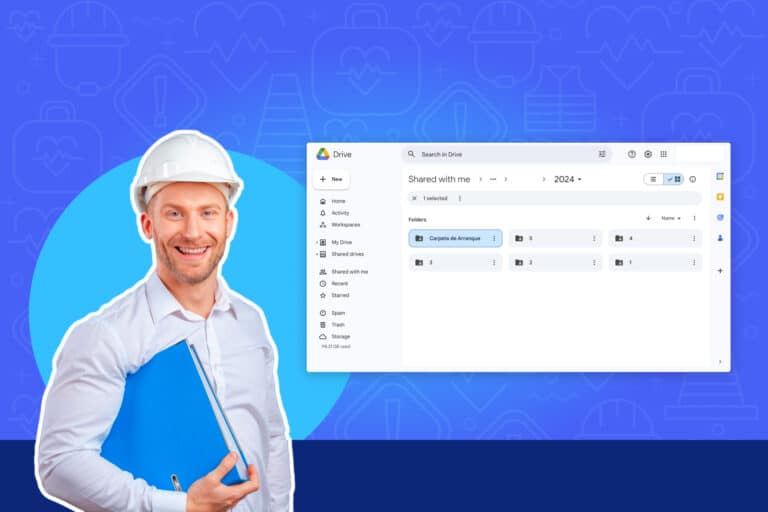Paper forms became the undisputed kings of data collection for decades. However the arrival of computers, the Internet and smartphones among other tech developments, maked the end of an era for paper forms.
How many companies keep filing cabinets full of paper forms and other similar documents collecting dust, when they could be digitalized so that the information never gets lost or gets misinterpreted? The transfer from paper forms to mobile forms thanks to the distinct advantages offered by this technological marvel –available to any employee and available 24 hours a day- are becoming increasingly popular by the minute, not only amongst companies, but amongst government bodies as well.
In Chile for example, after the census carried out earlier this year, the Government launched for the first time a web platform to carry out additional surveys in the case of households which weren’t surveyed -because nobody was home- with the traditional paper forms, states the news portal Emol. “This is a pioneering system in our practice of conducting censuses and it’s going to let us evaluate if our future society is ready to think of censuses which could be created dynamically”, said the director of the National Statistics Institute of that country, Ximena Clark.
But what lays behind this trend? Why is there a general consensus that mobile forms are far better than paper forms? Because there are a lot of things that a paper form can’t do. Here are some of them:
- Processing and submitting information in real time. With paper forms, the wasted time while the information is being collected on the field and the return of the form to the home office are extremely high, apart from the fact that it’s an irreversible process: once the fields are complete, there is no other option for the employee other than generating a new form and rescheduling a new visit to the field. The adoption of mobile forms to replace or to complement paper forms allows modifying the information according to the company’s necessities instead, thanks to the interaction in real time with the team at the home office.
- Add value to the information. What kind of added value is provided by paper forms? Certainly they can include photos or additional documents but only appended to the form so they don’t get lost –which usually does happen anyway. Mobile forms goes beyond this in various respects. A GPS, time and date verified work, including the signature of the employee, adds relevant information to the data collected by an employee, promotes the company’s differentiation and brings competitive advantages against competitors.
- Ensure the correct delivery of the documents 100% of the time. The risks the company faces when using paper forms represent sometimes very serious threats for its productivity. Through mobile forms, filling the form in the field and sharing it online is part of the same process, and therefore problems such as the loss of a physical form or the misinterpretation of data are a thing of the past.
- Reducing your company’s carbon footprint. 115 thousand million sheets of paper are used in offices around the world. According to international studies, a single office worker uses up to 10.000 sheets of paper each year, and 45& of the printed paper at the office will end up in the trash. A sustainable option such as DataScope, as a mobile form which replaces the environmentally-unfriendly paper forms represents saving thousands of paper sheets each year in a small or medium company.

The transition towards innovative options which can replace paper forms is a reality around the world, and it’s just matter of time until the business world demands higher standards in terms of productivity and efficiency: two areas where paper forms are lagging behind.
DataScope is a platform which allows various industries to streamline, organize and evaluate the work of their field staffs thanks to online forms which provide real time indicators 100% adaptable to any field.






